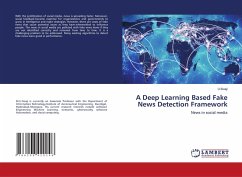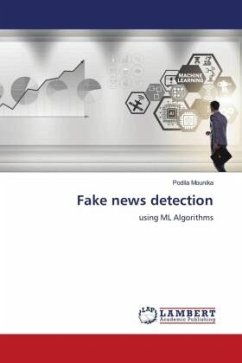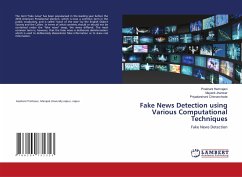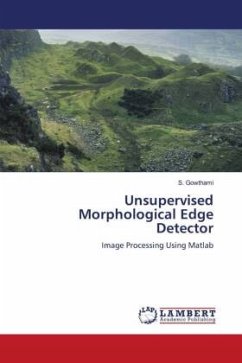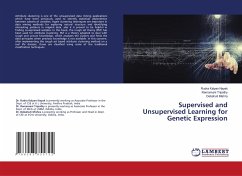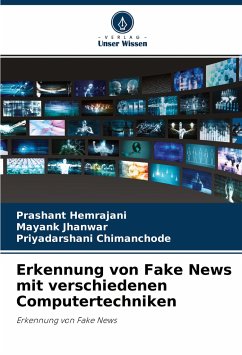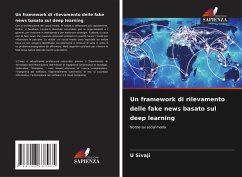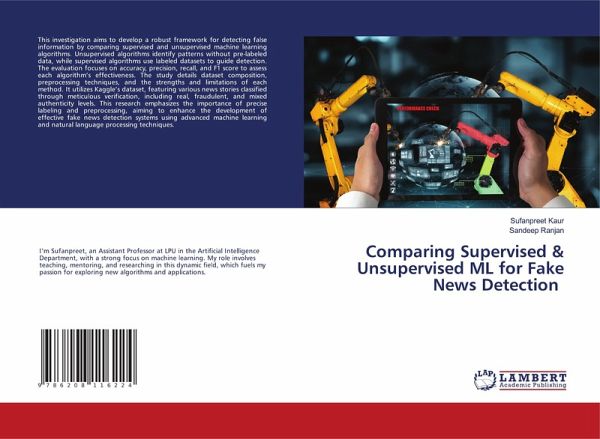
Comparing Supervised & Unsupervised ML for Fake News Detection
Versandkostenfrei!
Versandfertig in 6-10 Tagen
29,99 €
inkl. MwSt.

PAYBACK Punkte
15 °P sammeln!
This investigation aims to develop a robust framework for detecting false information by comparing supervised and unsupervised machine learning algorithms. Unsupervised algorithms identify patterns without pre-labeled data, while supervised algorithms use labeled datasets to guide detection. The evaluation focuses on accuracy, precision, recall, and F1 score to assess each algorithm's effectiveness. The study details dataset composition, preprocessing techniques, and the strengths and limitations of each method. It utilizes Kaggle's dataset, featuring various news stories classified through me...
This investigation aims to develop a robust framework for detecting false information by comparing supervised and unsupervised machine learning algorithms. Unsupervised algorithms identify patterns without pre-labeled data, while supervised algorithms use labeled datasets to guide detection. The evaluation focuses on accuracy, precision, recall, and F1 score to assess each algorithm's effectiveness. The study details dataset composition, preprocessing techniques, and the strengths and limitations of each method. It utilizes Kaggle's dataset, featuring various news stories classified through meticulous verification, including real, fraudulent, and mixed authenticity levels. This research emphasizes the importance of precise labeling and preprocessing, aiming to enhance the development of effective fake news detection systems using advanced machine learning and natural language processing techniques.







